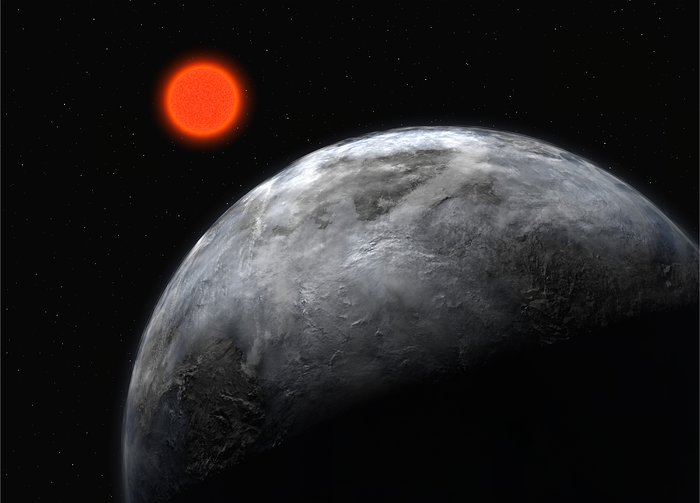
Definition: Terrestial planets have a size similar to Earth (lighter than about 2 times the mass of Earth). They are primarily composed of rock material. They have a solid surface and might have so-called secondary atmospheres which formed via a process of out-gassing from the rocks after their formation.
Example: Kepler 438b. With an Earth Similarity Index (ESI) of 0.88, Kepler 438b is the exoplanet most similar to Earth. Read more about it here.
A note on nomenclature
These kinds of planets are often interchangeably called rocky, terrestial (from latin terra = earth), telluric (from latin tellus = earth), or Earth-mass or Earth-sized planets. These names all stem from the fact that they are somewhat similar in size, mass and composition to Earth. For that reason, they are also sometimes, somewhat misleadingly, referred to as Earth-like, but that usually still only means “a planet lighter than about 2 times the mass of Earth, composed of rocks and metals, and with a defined surface”. It does not mean the planet contains liquid water, or an oxygen atmosphere, or is capable of supporting life in any way.
